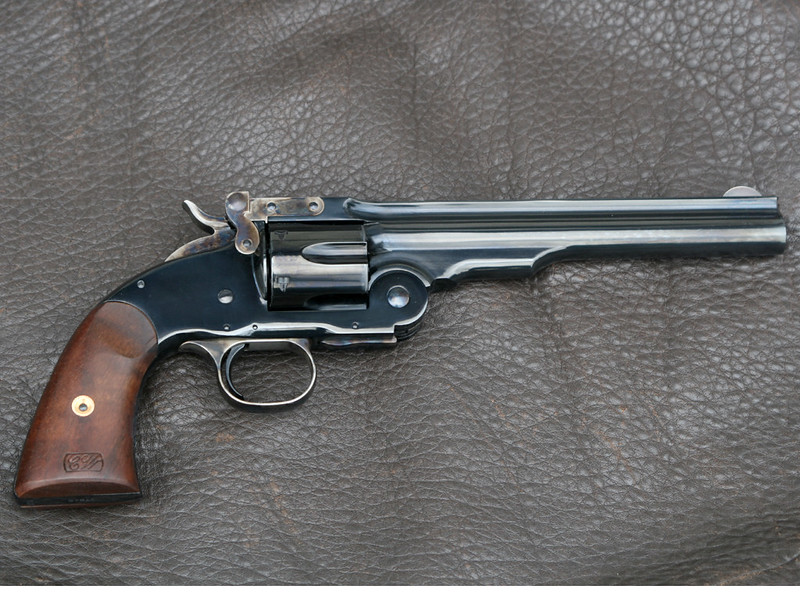I think these are also called "Speed Loader" revolvers. I've always been intrigued about this design, I've seen some revolvers of this design that appear to have a spring loaded mechanism to eject spent casings from the cylinders.
My question is what is the merit of this system, does it affect the revolvers accuracy at all? I've been told that the normal (Not sure what qualifies as normal) revolvers that has the cylinder sliding out to the side, have a more rigid frame, thus tend to b more accurate. What models would one look at if they wanted to purchase a "speed loader" or "break top" revolver. Is there any reason you would pick this design over a more conventional revolver design?
For the record, the largest caliber I feel reasonably comfortable shooting is .45 and below.
My question is what is the merit of this system, does it affect the revolvers accuracy at all? I've been told that the normal (Not sure what qualifies as normal) revolvers that has the cylinder sliding out to the side, have a more rigid frame, thus tend to b more accurate. What models would one look at if they wanted to purchase a "speed loader" or "break top" revolver. Is there any reason you would pick this design over a more conventional revolver design?
For the record, the largest caliber I feel reasonably comfortable shooting is .45 and below.



